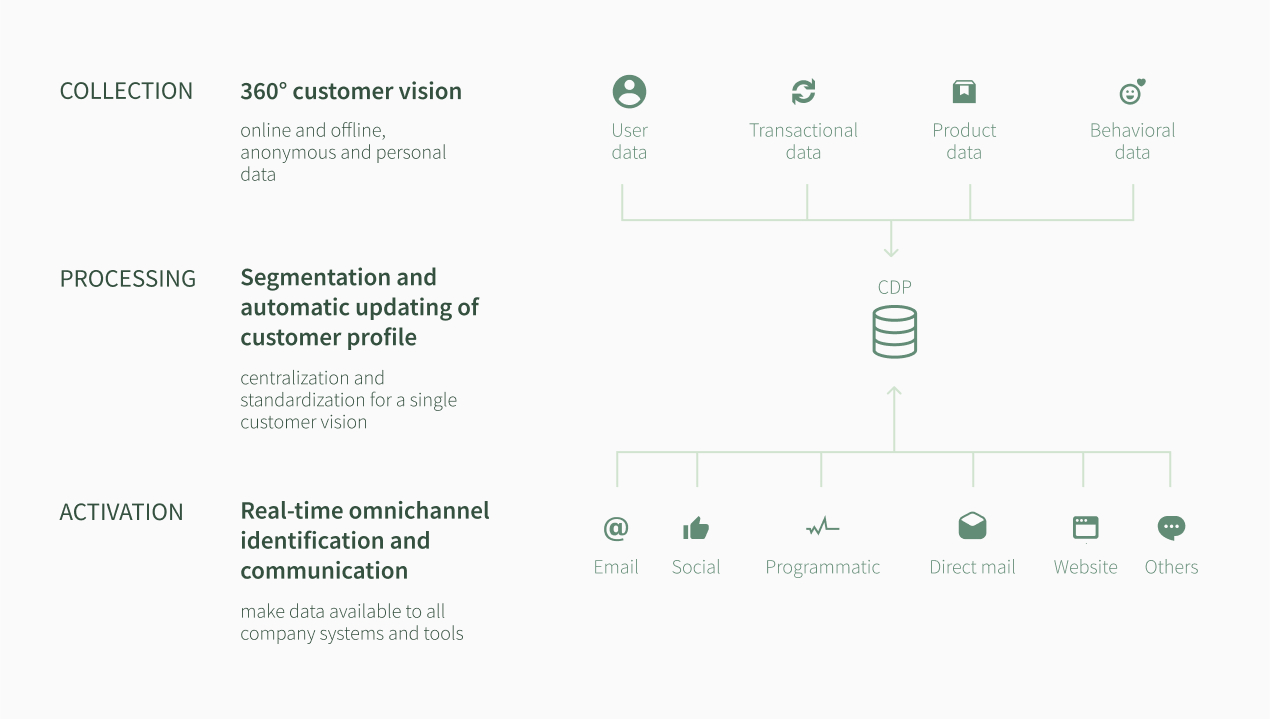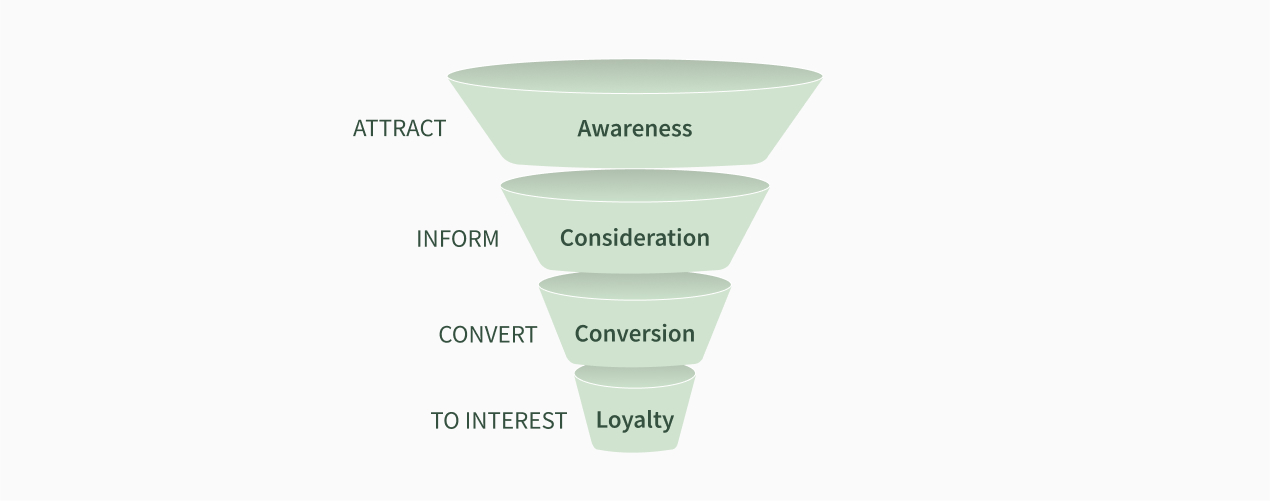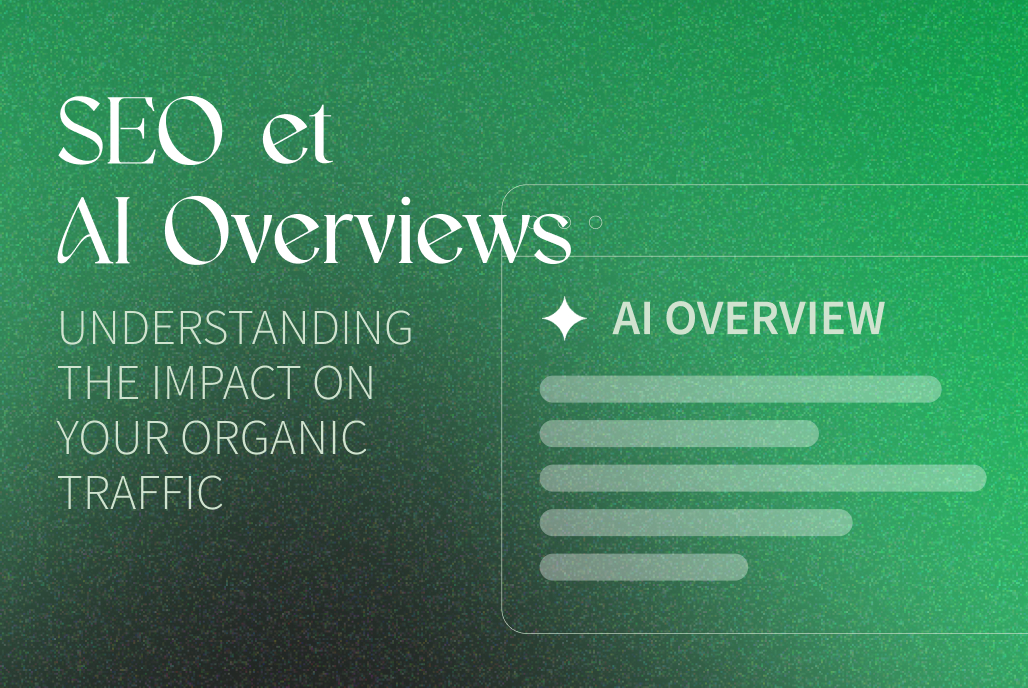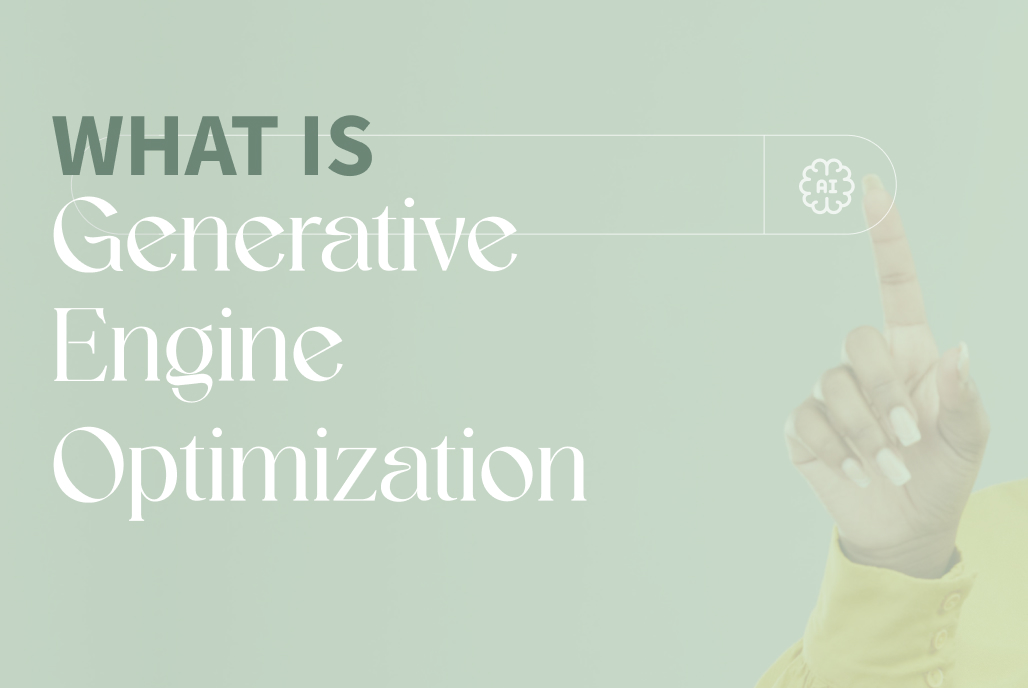2025 is upon us, and like every new year, it brings its share of challenges and opportunities. As we all know, digital marketing is evolving at breakneck speed. Platforms are changing, consumer expectations are soaring, and the rules of the game are constantly being redefined.
Of course, you’ll hear about many trends throughout the year (and by the way, you can keep up with these new developments by subscribing to our newsletter 😉 ). But here, we’re getting straight to the point: what are the essential tactics, the ones that lay a solid foundation for a successful digital marketing strategy in 2025?
The foundations for building a solid digital marketing strategy in 2025
A high-performance website
It’s the foundation! A great design is good, but a website that’s both beautiful and functional is even better. Your website is often the first interaction a customer has with your brand, so it needs to be flawless.
It all starts with choosing the right technology platform: Shopify, WordPress, Magento… You need to select one that not only meets your technical needs but also those of your customers. Your choice should take into account ease of use, the specific features required (such as inventory management or payment integration), and your ability to scale over time.
A high-performance site should also offer :
- Optimized loading speed: There’s nothing worse than a slow site to drive your visitors away.
- A responsive design: Whether your customers are browsing on a smartphone or a computer, their experience must be perfect.
- SEO-friendly structure: Well-organized pages, relevant content and properly optimized metadata make it easy for your customers to find you.
Remember, the platform you choose and the way you configure it directly determine the quality of the customer experience. A well thought-out site is a giant step towards a successful digital marketing strategy.
Need to know if your website is performing to its full potential?
2. Understand your audience’s buying path and behavior
A successful digital marketing strategy is first and foremost an omnichannel strategy. But with so many channels available – Facebook, Instagram, TikTok, Google Ads, and many more – it’s easy to wonder: where do you need to be?
The possibilities are immense, but the answers need to be simple. It’s not about being everywhere, it’s about being where it really counts. Do you know exactly where your audience is? Which platforms do your prospects consult before making a purchasing decision?
By understanding your audience’s buying journey and behaviors, you can personalize your digital marketing strategy, channel your efforts to the right channels, avoid spreading your resources too thinly, and maximize your results.
Why is this crucial?
By understanding the stages of the buying journey – from initial discovery to final decision – you can :
- Identify the key touchpoints where your prospects engage with your brand.
- Allocate your advertising budgets to the most effective channels.
- Tailor your messages and content to the specific expectations of each stage.
How to do it?
- Analyze your existing data: Use insights from your website, ads, and social networks to understand where your audience spends the most time.
- Test and learn: If you’re not sure, experiment with different channels and measure performance.
- Adopt analytics tools: Google Analytics, Facebook insights, or your CRM solution (do you see the importance of a CRM 👀 ) can provide you with detailed data on your audience’s behaviors.
3. Using AI to create content
Artificial intelligence is no longer an option, it’s a necessity. Whether it’s generating compelling content for your website, writing engaging emails or designing impactful ads, AI can help you save time while increasing efficiency.
But let’s be clear: AI should never operate on autopilot. Without human validation, you risk costly mistakes, messages disconnected from your audience, or content that fails to accurately reflect your brand image.
It’s in the alliance between human creativity and algorithmic precision that the true power of AI lies.
Knowing how to use AI effectively has become an essential skill. Companies that fail to integrate it into their processes run the risk of falling behind, while their competitors are already exploiting this strategic advantage.
Here are 4 tips for maximizing the use of AI:
- Write optimized prompts for relevant results.
- Always validate and personalize generated content to ensure relevance.
- Use AI to amplify your creative ideas, not replace them.
- Ensure that the tone and style of your content reflects your brand identity.
4. Adopt a strategy based on First-Party Data
With the implementation of Law 25, the management of personal data has been completely transformed. Businesses are increasingly losing access to third-party data, which is changing the game for digital marketing. So far, nothing surprising, right?
But here’s the key element that many have yet to realize: this represents an opportunity, not an obstacle. For us, every challenge is an opportunity waiting to be seized. And this opportunity lies in capitalizing on first-party data.
This data is a true goldmine because it comes directly from your interactions with your customers: their behavior on your website, their purchases, preferences, and engagements. It allows you to personalize your marketing strategies, create relevant ads, and precisely target your audience. In short, data is everything you need to succeed in today’s landscape.
But where to find these First-Party Data?
There are many different approaches, depending largely on the size of the company and its existing tools. Here are a few suggestions:
- CRM (Customer Relationship Management): If you’re not already using a CRM, it’s time to ask yourself some questions. A well-stocked CRM is a mine of information about your customers: collected via forms, registrations or direct interactions. It’s an essential tool for segmenting your audience and personalizing your messages and strategies.
- For large companies: this requires investment in robust solutions for collecting, storing and analyzing data. BigQuery and CDP form a powerful duo to maximize the value of your first-party data. By centralizing customer data in a data warehouse like BigQuery, you create a solid foundation for your marketing strategy. CDPs, on the other hand, unify this data into complete customer profiles, ready to be activated in your marketing tools.

How does a CDP work?
Are you ready to make the most of your data?
- Do you use a CRM to centralize and analyze your data?
- What type of CRM do you need to meet your specific objectives?
- Are you equipped to fully leverage First-Party Data?
Questions about CRM integration?
5. Work on your sales funnel (or work on your patience)
Working on your sales funnel is like working on your patience. We all want quick results—generating sales or leads right from the first campaign. But here’s the truth: a well-structured funnel makes all the difference between campaigns that work in the short term and a digital marketing strategy that thrives in the long term.
The secret? Finding the right balance between brand awareness and performance.
Yes, investing in brand awareness can sometimes feel like throwing money out the window. We get it—it’s hard to justify spending thousands of dollars on campaigns that don’t immediately generate conversions. But here’s what you need to understand: results don’t happen right away because the magic is happening behind the scenes.
Why Following the Funnel is Essential:
An overly aggressive campaign right from the start is like proposing marriage on the first date. Your prospects need to get to know you and trust you before taking action. By respecting the funnel, you build a gradual relationship with your audience.

Also, when you follow the funnel, you gather valuable data at every stage:
- What content interests your prospects?
- What formats or messages work best?
- When are your prospects ready to take action?
These insights allow you to adjust your campaigns, refine your targeting, and ultimately improve your ROI.
So, are you ready to work on your funnel (and your patience a little) for results that are truly worth it? 😉
Build your digital marketing strategy with us


